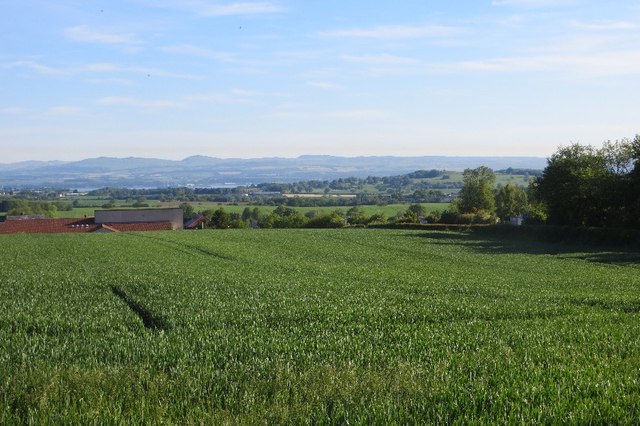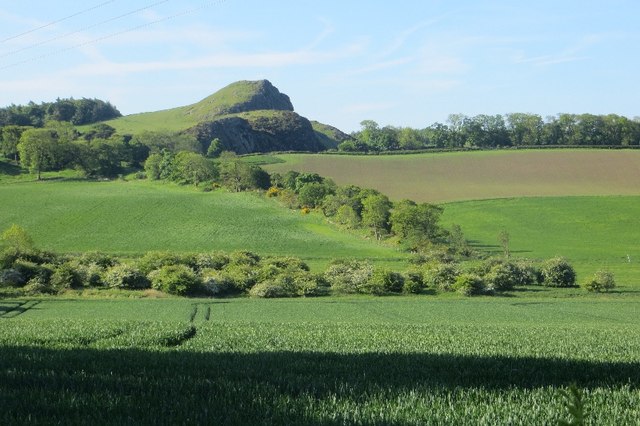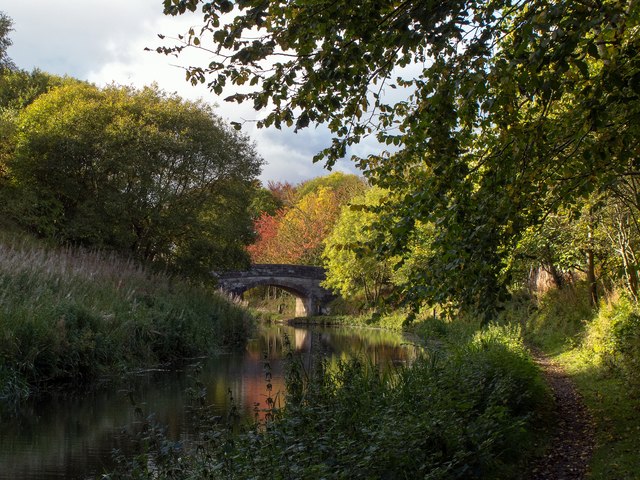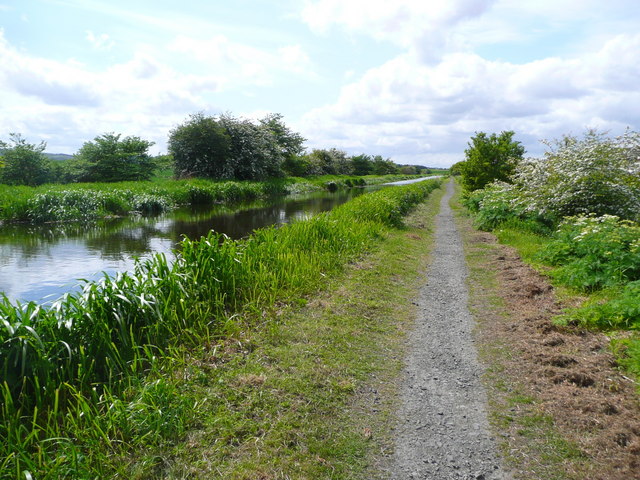Bridgend
Settlement in West Lothian
Scotland
Bridgend

Bridgend is a small village located in West Lothian, Scotland. Situated on the southern bank of the River Almond, it is approximately 2 miles west of the town of Livingston and 15 miles west of Edinburgh.
The village is known for its picturesque setting, surrounded by rolling hills and scenic landscapes. It offers a peaceful and tranquil atmosphere, making it an ideal place for those seeking a quieter lifestyle away from the bustling city.
Bridgend has a rich history, with evidence of human settlement dating back to the Neolithic period. The village itself has a charming and traditional character, with a mix of old stone buildings and more modern developments. It is home to a close-knit community that prides itself on its strong sense of community spirit.
Despite its small size, Bridgend offers a range of amenities for residents and visitors alike. There are several local shops, including a convenience store and a post office, providing essential services to the community. The village also has a primary school, ensuring that families with young children have access to education within the local area.
For those who enjoy outdoor activities, Bridgend is surrounded by beautiful countryside, offering ample opportunities for walking, cycling, and exploring nature. The nearby Almondell and Calderwood Country Park is a popular destination, with its expansive woodland and picturesque river walks.
Overall, Bridgend is a charming village that offers a peaceful and idyllic setting, combined with a strong sense of community and easy access to nature.
If you have any feedback on the listing, please let us know in the comments section below.
Bridgend Images
Images are sourced within 2km of 55.964359/-3.534128 or Grid Reference NT0475. Thanks to Geograph Open Source API. All images are credited.




Bridgend is located at Grid Ref: NT0475 (Lat: 55.964359, Lng: -3.534128)
Unitary Authority: West Lothian
Police Authority: The Lothians and Scottish Borders
What 3 Words
///romance.insurance.breakaway. Near Winchburgh, West Lothian
Nearby Locations
Related Wikis
Bridgend, West Lothian
Bridgend is a village which neighbours Linlithgow, in West Lothian, Scotland. It also has a football team called Bridgend United. In 2018 it had an estimated...
Kingscavil
Kingscavil (NT029765) is a small settlement in West Lothian lying between Linlithgow and Bridgend on the old A9 (now the B9080). == History == Kingscavil...
Philpstoun
Philpstoun is a small village in West Lothian, Scotland, situated roughly 2 miles (3.2 km) east of the historic county town of Linlithgow. The village...
Ochiltree Castle, West Lothian
Ochiltree Castle (previously: Uchiltre; meaning: the high town or high dwelling place) is a 16th-century tower house a few miles south east of Linlithgow...
Philpstoun railway station
Philpstoun railway station was a railway station in the village of Philpstoun, to the east of Linlithgow in West Lothian, Scotland. It was located on the...
Diocese of Edinburgh
The Diocese of Edinburgh is one of the seven dioceses of the Scottish Episcopal Church. It covers the City of Edinburgh, the Lothians, the Borders and...
Ecclesmachan
Ecclesmachan (Gaelic: Eaglais Mhachain) (Welsh: Eglwys Machan) (NT058736) is an historic village in West Lothian. It lies just north of Uphall on the...
Winchburgh rail crash
The Winchburgh rail crash was a multi-train rail crash that occurred on Monday 13 October 1862, 1+1⁄2 miles (2.4 km) northwest of Winchburgh in Linlithgowshire...
Nearby Amenities
Located within 500m of 55.964359,-3.534128Have you been to Bridgend?
Leave your review of Bridgend below (or comments, questions and feedback).




















